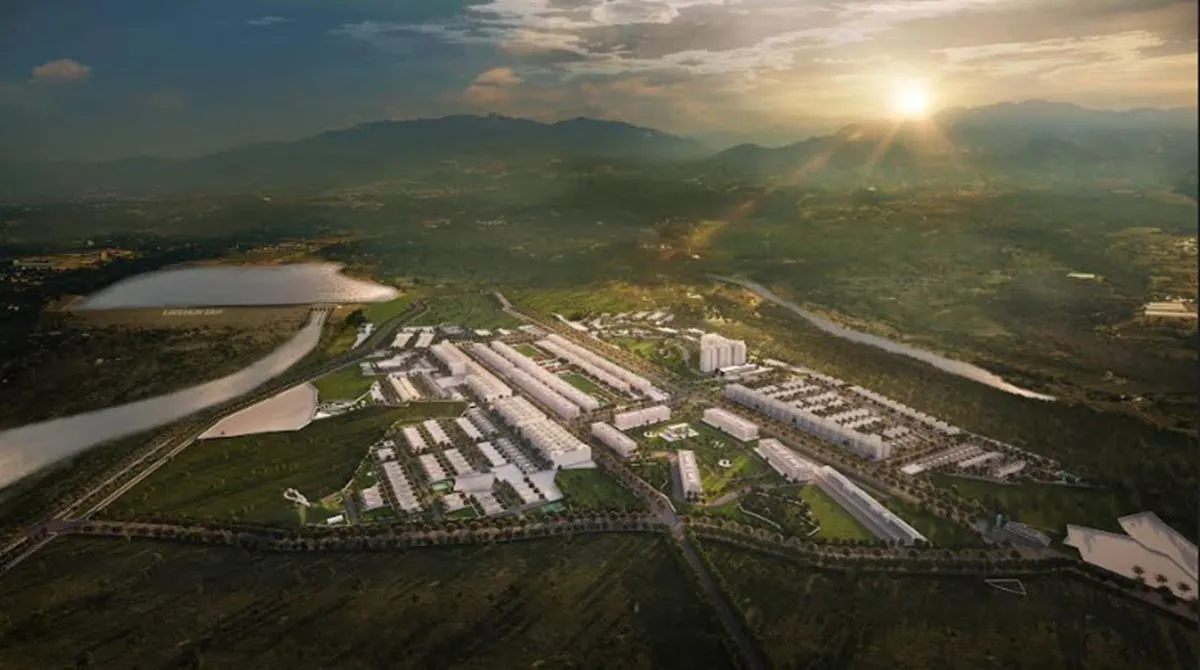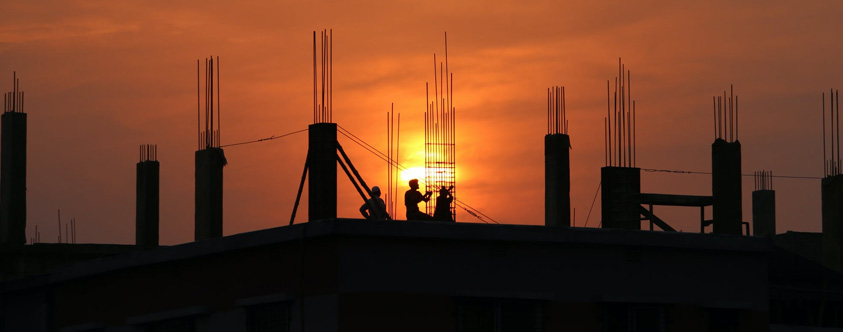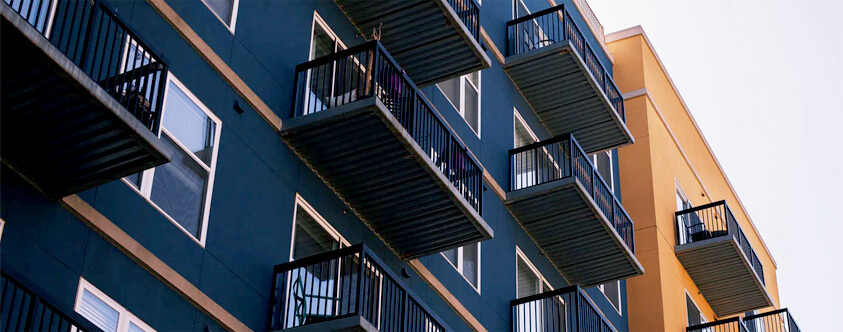Last week, the Union Government, under the leadership of Prime Minister Narendra Modi, approved the Affordable Rental Housing Complexes (ARHC) programme as a sub-scheme under the Pradhan Mantri Awas Yojana (Urban) (PMAY-U). Finance Minister, Smt Nirmala Sitharaman first announced the INR 600-crore programme, as a part of the Atmanirbhar Bharat package. It aims to enhance the quality of life of the urban poor and migrant labourers by providing them with reasonably-priced quality, rental accommodation facilities. The government estimates that more than 3.5 lakh persons will benefit from the ARHC.
Background to The Programme:
Migrant labourers and the urban poor form a large part of a city’s social fabric. They are mainly employed in labour-oriented industries such as construction, public transport and manufacturing industries. Along with their families, migrant labourers live in informal housing facilities which, when clustered together, form slums areas. These areas are often cramped and filthy. They lack ventilation, basic sanitation facilities and green spaces. Given these conditions, slum dwellers couldn’t practice social distancing and follow the directives on safe shelters which were necessary following the COVID-19 outbreak. The fear of contagion triggered millions of labourers to migrate away from their homes in slum areas to their home states.
Now, as the country emerges from the COVID-19 induced lockdown period and resumes economic activities, labourers are gradually returning to their host states along with their families. By announcing the ARHC scheme at this crucial juncture, the government has demonstrated its responsibility towards these citizens. Access to a proper habitat and living conditions will ensure their safety amid the pandemic and also protect them from other contagious illnesses which are rampant in slums.
ARHC Will Benefit The Entire Economic Value-chain
Unaffordable rental charges in urban areas are the primary drivers of slum creation. Under the ARHC scheme, the government will define rental limits. This will lead to much-needed regularisation of the rental markets while making proper housing facilities more affordable to the most vulnerable communities.
Beyond affording dignified living conditions to the urban poor and migrant labourers, the ARHC scheme will create new opportunities across the value-chain:
-
Impact On The Realty Sector:
The ARHC scheme opens up a new asset class for the realty sector. It offers special incentives, such as use permission, 50% additional FAR/FSI, concessional loan at priority sector lending rate, tax reliefs at par with affordable housing etc., to private/ public entities to develop ARHCs on their available vacant land for 25 years. These benefits will go a long way in reinvigorating India’s realty sector in the post-pandemic world. These investments will create more employment opportunities for the labourers.
-
Optimum Usage of Government Housing Stock:
The programme allows for existing vacant government-funded housing complexes to be converted in ARHCs through Concession Agreements for 25 years. The concessionaire will make the compounds livable by repair or retrofit and maintenance of rooms and filling up infrastructure gaps such as water, sewer, sanitation, road, and related work.
-
Boost To Allied Industries:
The housing sector is directly and indirectly linked to over 200 allied industries. The AHRC will further augment the demand for affordable housing. This, in turn, will boost volumes in allied sectors which provide raw material to the construction segment. By extension, the sequence will result in the social and economic growth of our nation.
-
Environmental Protection:
Housing facilities under the ARHC scheme will be located in the peri-urban regions – typically near construction sites and manufacturing facilities that employ a large number of labourers. This will cut down the labourers’ commute time, avoid traffic congestion and contribute to checking pollution levels and carbon emissions in urban regions.






